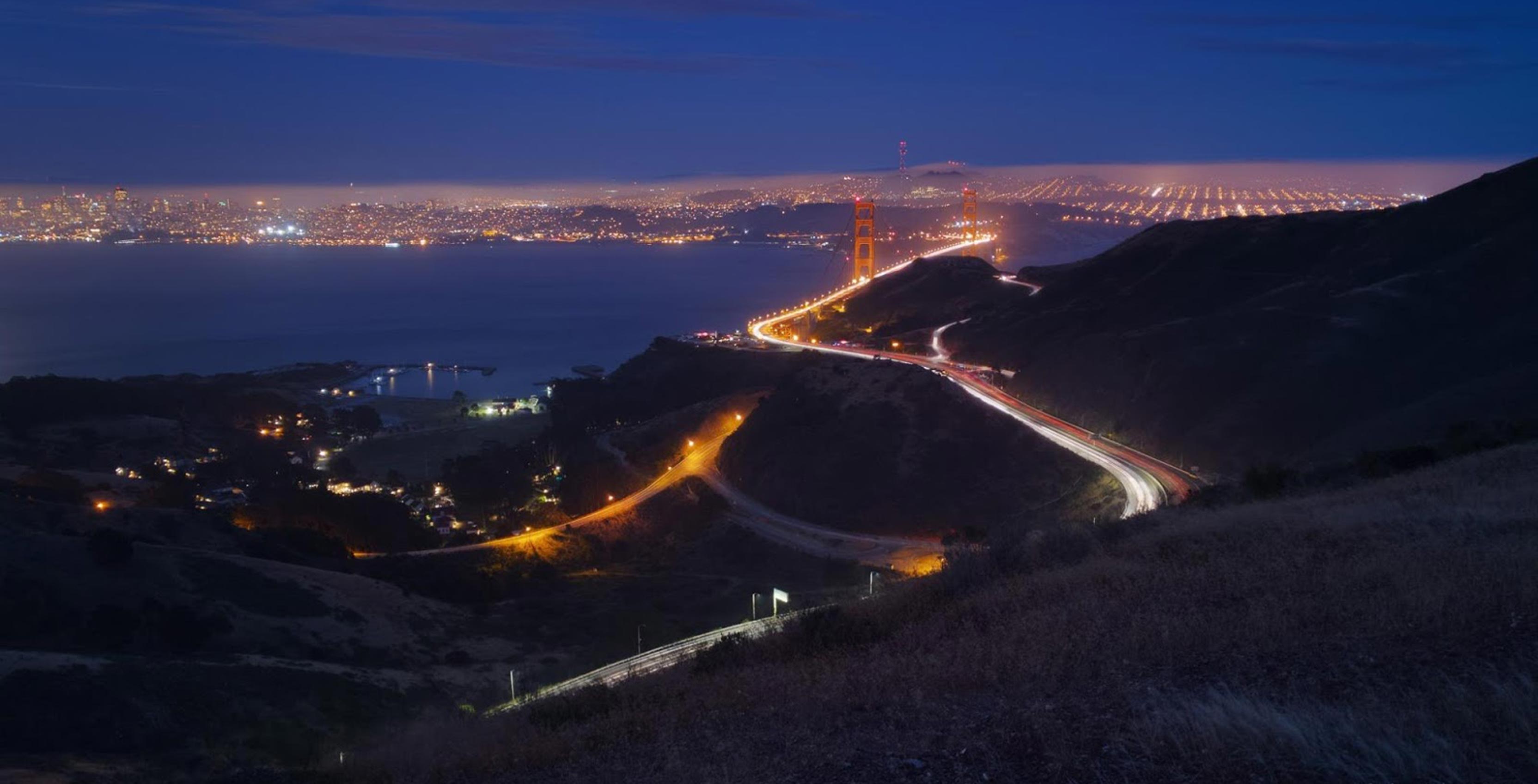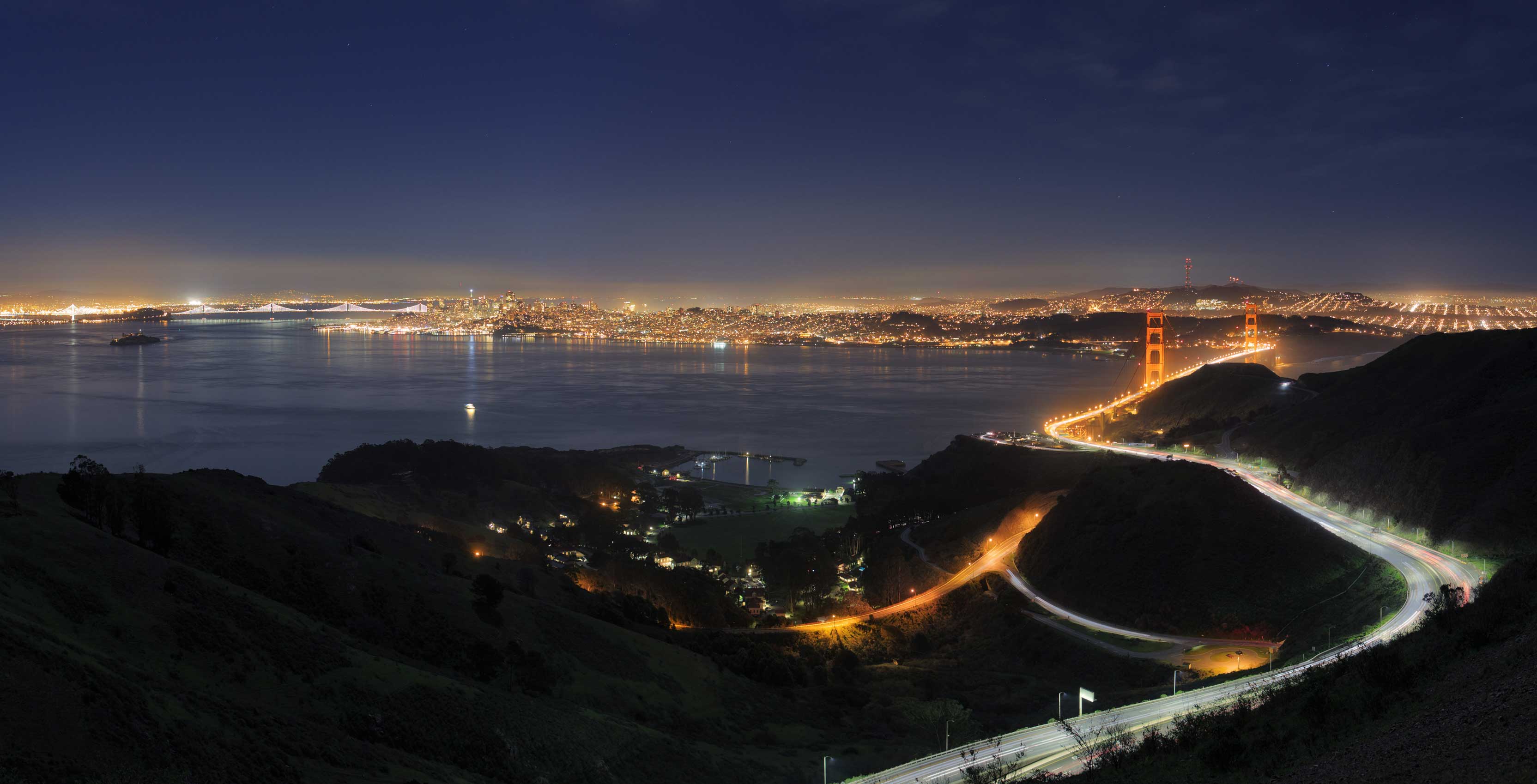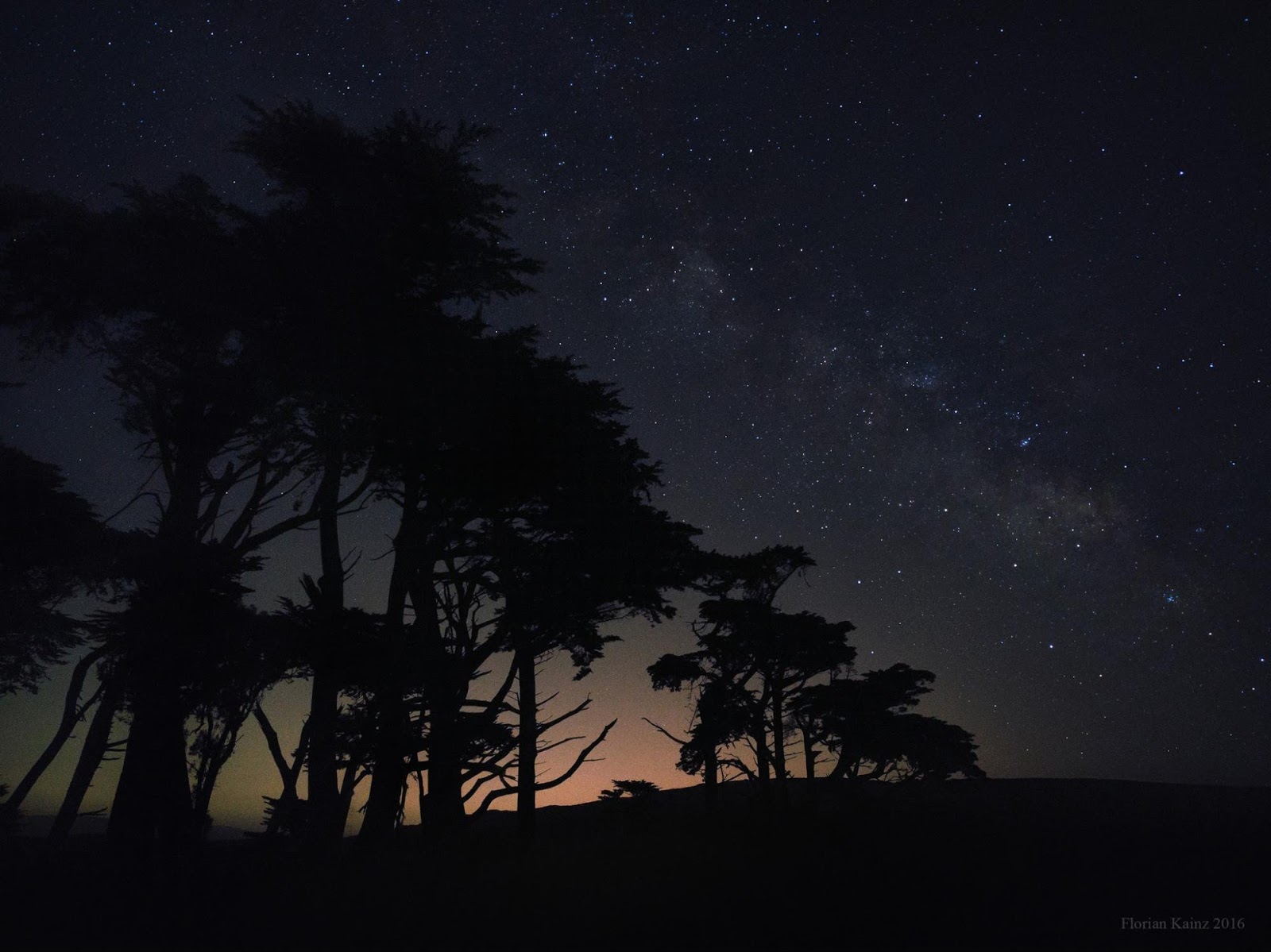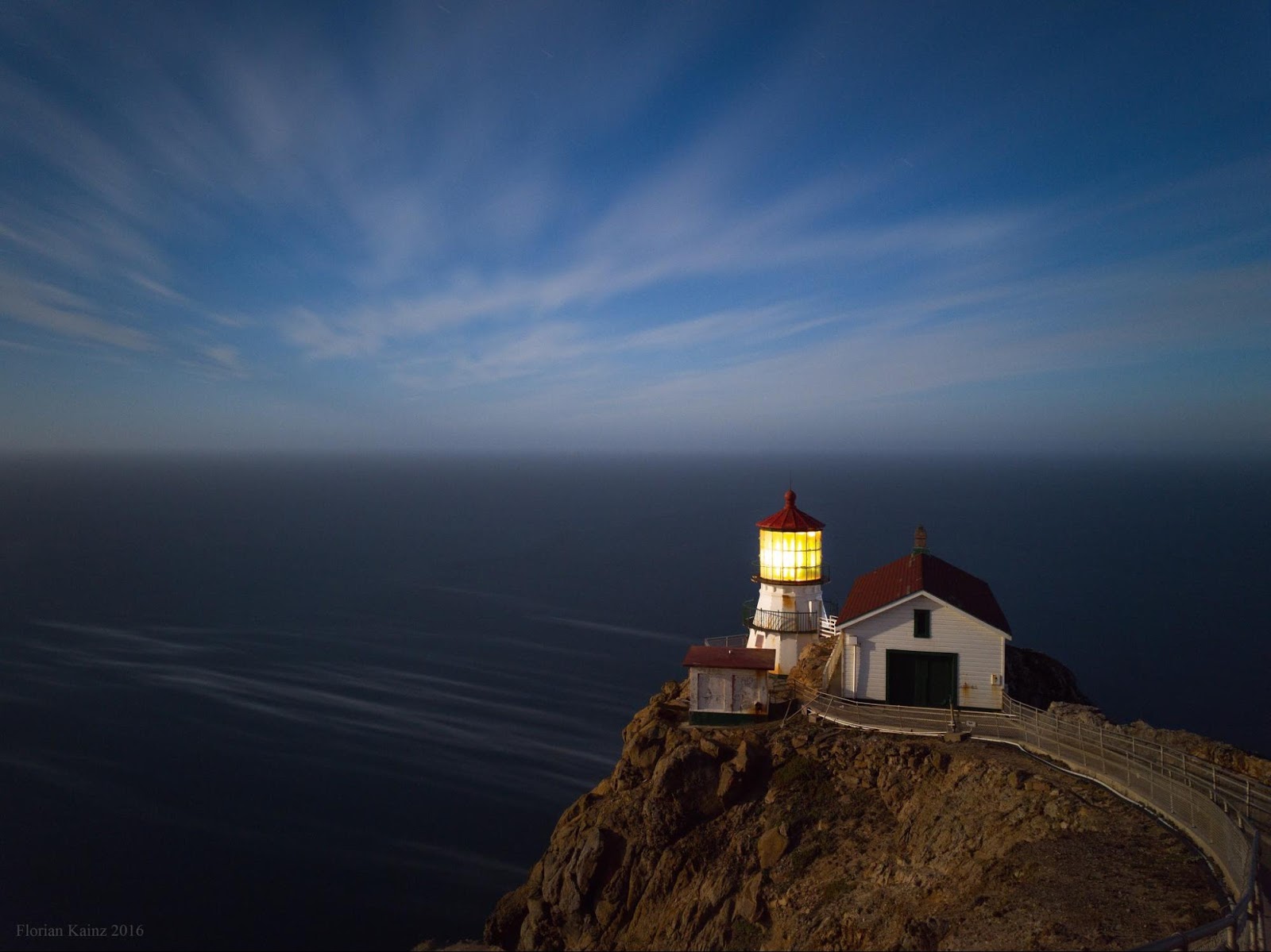
While smartphone cameras have improved by leaps and bounds in the past several years, even the most recent devices, including the Pixel and Galaxy S8, still struggle to capture clean photos in less than ideal lighting conditions. However, that obstacle may soon fall thanks to the work of several Google engineers.
On the Google Research Blog, Florian Kainz, a software engineer with the company’s Daydream team, recounts how a photo he took with his Canon DX1 on a moonlight night led him to developing photography software that could allow smartphones to capture clean images even in the least optimal of lighting conditions.

One of Kainz’s colleagues from the Gcam team, the group within Google that developed the Pixel’s HDR+ mode, challenged him to take the same photo (seen above) he took with his professional level DSLR with a smartphone instead.
To tackle the challenge, Kainz took inspiration from an app called SeeInTheDark that was developed by one of his colleagues, fellow Google employee Marc Levoy. Using SeeInTheDark as a base, Kainz created a custom app that allows Nexus 6P and Pixel users to manually set the exposure time, ISO and focus distance at which they’ll shoot their next photo. The app then captures 64 photos in succession and saves them in DNG format, so that it’s possible to edit and stack the photos in an image post-processing program like Photoshop.

Using the app, his Nexus 6P and Pixel, a tripod and generous amounts of post-processing, Kainz was able to capture the photos you see throughout this piece.
While the resulting images are stunning, Kainz notes that his low light solution still has limitations. The most practical concern is that stacking the photos requires a level of photoshop wizardry that most people simply do not possess. Kainz, however, hopes that he’ll be able to automate the process with additional development.

Moreover, the smartphone, whether its the Nexus 6P or Pixel, still needs to be stabilized with a tripod or against the ground during the 64-frame burst. The approach also doesn’t work well if the subject is moving.
Still, neither of those restrictions have stopped Android users from demanding that Google integrate Kainz’s software in the stock Android camera app.
[source]Google[/source]
MobileSyrup may earn a commission from purchases made via our links, which helps fund the journalism we provide free on our website. These links do not influence our editorial content. Support us here.


